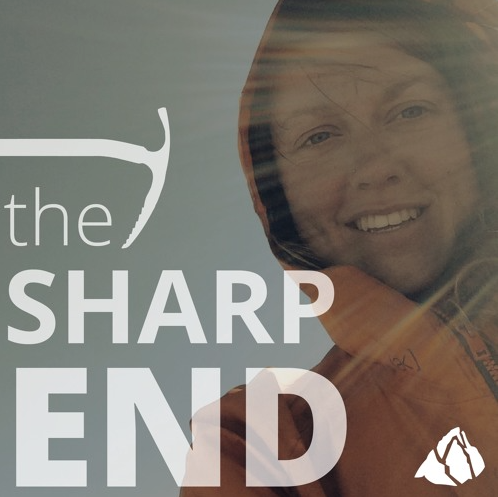Ledge Fall
North Carolina, Pisgah National Forest, Looking Glass Rock, Fate Osteen Crag
AH (37) and CE (48) met online and decided to go to the Fate Osteen Crag for some rock climbing. On November 29, they got to the base of Twist of Fate (2 pitches, 5.7) and decided that CE would lead the first pitch (5.7). AH joined CE at the belay. To get more experience, AH also decided to lead the first pitch. Both climbers descended, and AH led it with no issues. CE followed and checked her gear placements.
AH wanted to lead the second pitch, also 5.7, but had some trepidation. With positive encouragement from CE, she started up, placing gear and moving well. When she got to the headwall crux, she placed Black Diamond 0.2 and 0.4 cams. As she began the sequence, she became nervous and downclimbed a short distance. She then fell about 20 feet, impacting the ledge below.
AH sustained an open fracture of one leg and asked to be lowered. At the belay, CE used his shirt to help manage the bleeding. CE texted the Transylvania County Rescue Squad via iPhone SOS and lowered AH to the ground. CE then rappelled.
On the ground, they did rudimentary first aid on the open ankle fracture. They attempted to hike out but quickly realized it would be too difficult and that it would do more damage to the ankle. AH waited as CE went to meet the rescuers. AH was carried out on a Sked and later a Stokes basket. She refused pain meds and went into surgery the next morning.
ANALYSIS
North Carolina has areas where slabs angle up before meeting steeper sections of rock. Slack often builds up and rope drag is generated, as the climber moves up—usually into a crux. All that, combined with the slab below, adds up to a bad ledge fall.
Moving the belay to the base of the headwall would have reduced rope stretch and allowed for a closer belay. Most climbers do not consider belaying outside the “normal” (guidebook) locations, especially if those established belays are bolted.
One can also place more and/or higher gear when climbing above a slab. AH did well to place two pieces before the crux. She also combined them with an “alpine equalization,” sharing the load between the two pieces by clipping one directly to the other. One of her cams was solid while the other was under-cammed. Thinking ahead may well have prevented a longer fall. (Sources: Karsten Delap and the Editors.)

